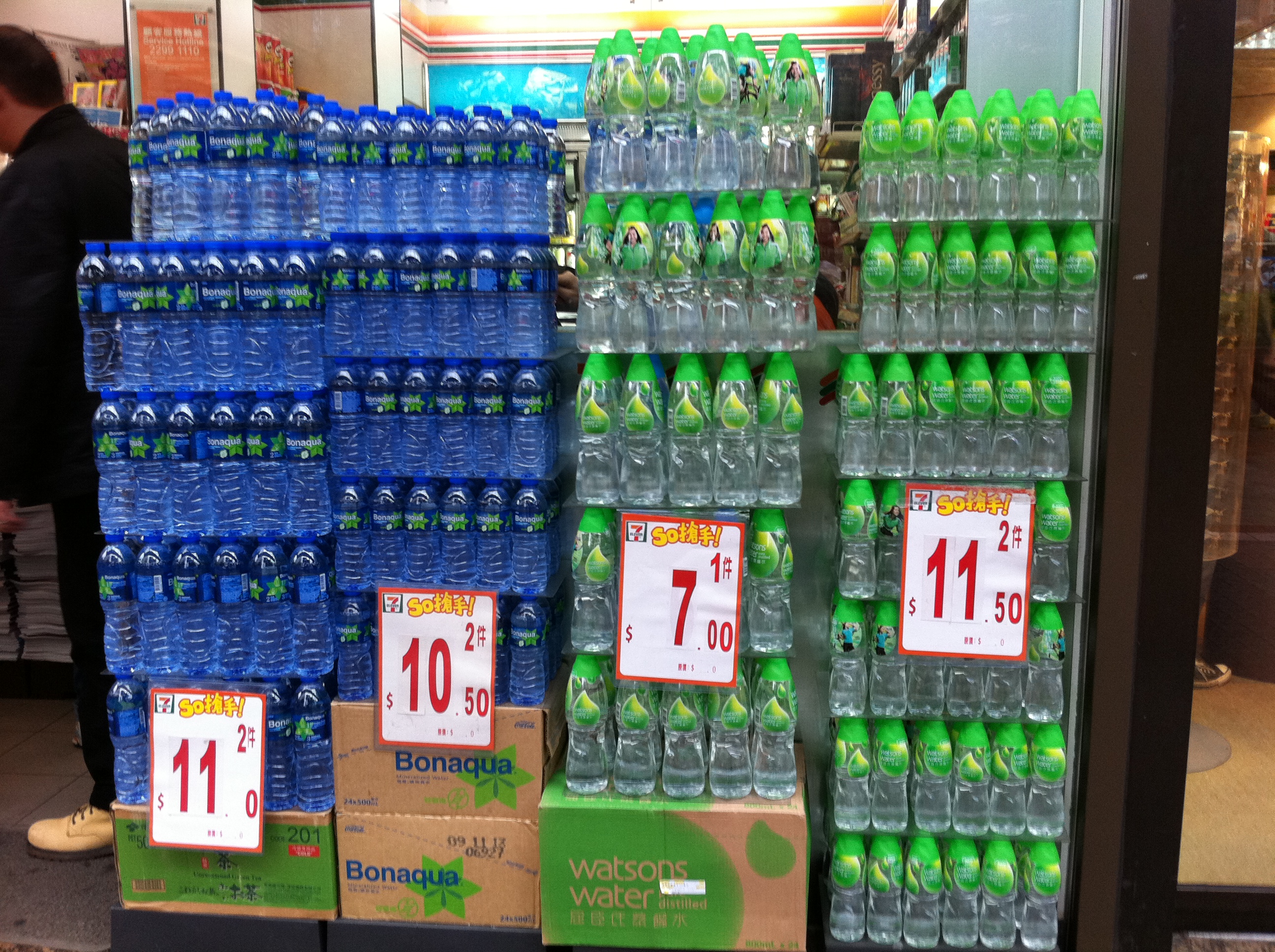How to Calculate Wholesale Pricing
Post on Monday, December 11th, 2017 in Accounting

Calculating wholesale pricing can sometimes be a real challenge for wholesale vendors, as they should consider different factors to build an efficient pricing strategy.
It’s all about finding a perfect balance to avoid mistakes of setting the prices either too high or too low.
What Is Wholesale Pricing?
A wholesale price is the price for a product as sold in bulk to big groups of distributors as opposed to retail price, which is charged to individual consumers.
If correctly calculated, wholesale prices are profitable both for the vendors and buyers (typically retailers). The vendors can sell large volumes of goods whereas buyers can benefit from lower prices.
To get a wholesale price, many wholesale vendors just divide their retail prices by two. However, in some cases such strategy can lead to smaller profit,despite bulk selling, because all businesses are different and some of them may need a wholesale pricing formula.
So, How Do You Calculate Wholesale Pricing?
There are several ways to calculate wholesale price: absorption pricing, differentiated pricing, competitor-oriented pricing, and demand-based pricing. Let’s take a look at all of them.
Absorption Pricing Calculator
Absorption pricing involves quite a lot of math, but in the end you’ll get the best price, with which you’ll earn a profit margin on each item sold. Absorption price includes both variable and fixed costs (as a proportion).
It is a long-term price for a product that is needed to cover all related expenses. So, to calculate absorption price, use the following formula:
Variable cost per unit + ((Total overhead costs + administrative expenses ) ÷ Number of items produced
As a result, you’ll get absorption cost per unit. As an example, you T-shirt company expects to have these costs and factors in the upcoming year:
- Total overhead expenses = $5,000
- Total administrative expenses – $2,500
- The company expects to sell 200 black T-shirts in the upcoming year.
- Each black T-shirt has a variable cost of $10.
To calculate the absorption price of the black T-shirt before including a profit margin, you would do this:
$10 + (($5,000 + $2,500) ÷ 200) = $47.50 / per unit
Pros and Cons of Absorption Wholesale Pricing
If you know all the figures, the absorption pricing formula is quite simple, and you do not need any specialized knowledge to calculate your wholesale price. Moreover, if correctly calculated, the absorption pricing method guarantees profit.
Unfortunately, there are also drawbacks. The absorption method isn’t suitable for goods that are sold on highly competitive markets. Such pricing doesn’t involve competition analysis, so the vendors may end up selling goods either at significantly lower or at significantly higher prices than their competitors.
Therefore, it’s recommended to compare absorption prices with market prices prior to sales.
Differentiated Wholesale Calculator
Differentiated wholesale pricing depends on number of items that are ordered from you. The more items are ordered, the more retail price is cut. It can be profitable for vendors who have regular small batches of wholesale orders.
Snack and drink industries are a good example of this. You will commonly see sales like this in supermarkets or wholesale clubs.
For example, if more than 50 items are ordered, then the wholesale price will be 50% off retail price. If more than 30 items are ordered, then the wholesale price may amount to 40% off retail price, and so on.
Pros and Cons of Differentiated Wholesale Pricing
Differentiated prices are good for well-known brands that do not have much competition.
The name of this strategy suggests that the product is differentiated from others. Therefore, such brands already have customer loyalty and thus get more flexibility to change their wholesale prices.
However, other brands can copy such strategy and entice your customers.
Demand-Based Pricing
As the name suggests, this type of pricing is based on demand for goods.
The higher the demand, the higher the prices, and vice versa. For example, if you’re selling beach goods and beachwear, your wholesale prices will be higher in summer and accordingly lower in winter.
Pros and Cons of Demand-Based Wholesale Pricing
Demand-based pricing has a high potential to generate profit. However, you should estimate the demand at various price levels as accurately as possible. Such strategy may fail if you don’t consider production costs and the consumer’s desired price.
Competitor-Oriented Pricing
Competitor research does not involve a precise wholesale pricing formula. Instead, you can just analyze the prices of your competitors and charge a similar price, which is slightly above or below the competitors’ prices.
Pros and Cons of Competitor-Oriented Wholesale Pricing
Competitor-based pricing gives you an example that you can follow. However, you may make a mistake by attracting new customers only by lower prices and nothing else, so you should think beforehand about benefits other than prices.
How to Calculate Retail Price
It’s also possible to derive a retail price from the existing wholesale price.
The retail price formula is quite simple: just multiply your wholesale prices by 2 or 2.5, and you’ll get the RRP prices (recommended retail prices). Now you know how to find retail price.
Inventory Software Solutions Can Help
No matter if you are a retailer or a wholesale vendor, you may need a robust system to manage your inventory. Dynamic Inventory offers a wide range of inventory management, order management, and reporting services that can help you streamline your business and achieve better results when calculating your wholesale prices. Contact us today to learn more.

Adam is the Assistant Director of Operations at Dynamic Inventory. He has experience working with retailers in various industries including sporting goods, automotive parts, outdoor equipment, and more. His background is in e-commerce internet marketing and he has helped design the requirements for many features in Dynamic Inventory based on his expertise managing and marketing products online.
Learn how Dynamic Inventory can streamline your business today!
Schedule a DemoRelated Articles
see all
Use This Formula to Calculate Economic Order Quantity (EOQ)
For many businesses, inventory is the biggest asset. These companies must have enough inventory to satisfy the demand of their …

Moving Average Formula For Inventory Costs
Product cost variations affect the value of inventory and complicate the process of calculating costs of goods sold. For SMBs …

A Look Inside Starbucks’ Seamless Supply Chain
After almost 50 years in business, Starbucks now has more than 25,000 retail stores across six continents with annual revenue …

